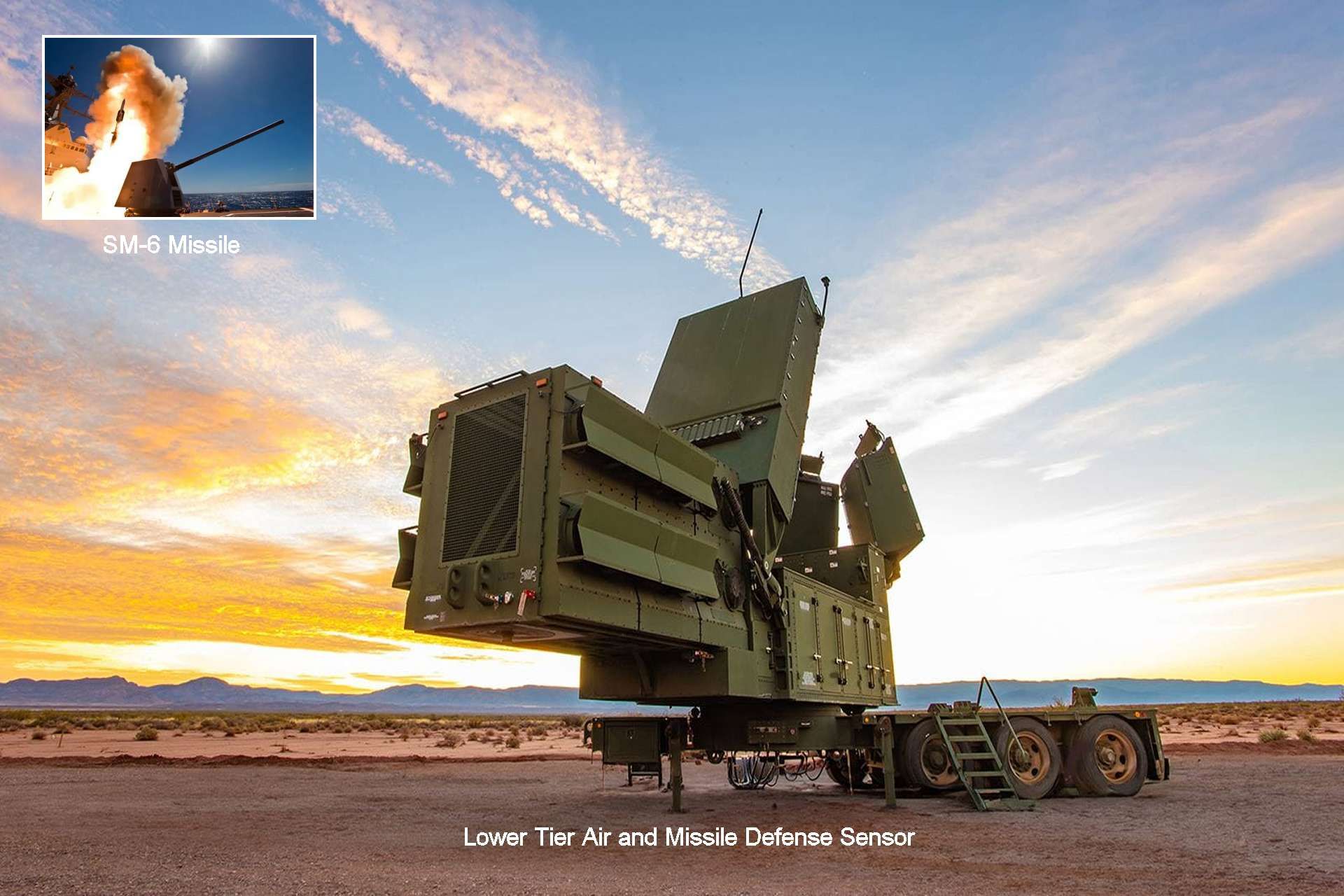Breaking News
Raytheon Successfully Integrates SM-6 Multi-Mission Missile with LTAMDS and IBCS redefining Air Defense Approach.
On July 18, 2024, Raytheon, a business unit of RTX, showcased its new integrated missile defense system at the biennial Valiant Shield exercise. This demonstration successfully combined the U.S. Army's Lower Tier Air and Missile Defense Sensor (LTAMDS) and the Integrated Air and Missile Defense Battle Command System (IBCS) with the U.S. Navy's Standard Missile-6 (SM-6).

Raytheon Lower Tier Air and Missile Defense Sensor (LTAMDS) combined with (IBCS) and U.S. Navy's Standard Missile-6 (SM-6) (Picture source: RTX and US DoD)
During Valiant Shield 24, Raytheon employed a mix of simulation and operational hardware to execute a complex missile engagement scenario. The test involved using trajectory data from LTAMDS simulators, interfaced with operational SM-6 engagement control software and the IBCS. This integration allowed for the effective detection, identification, and interception of threats, marking a major advancement in military defense technology.
Tom Laliberty, president of Land & Air Defense Systems at Raytheon, highlighted the importance of the demonstration. "The successful test not only proves the technical feasibility of integrating SM-6 into the Army’s air and missile defense architecture but also enhances the operational capabilities of INDOPACOM by combining advanced radar and missile technologies," he stated.
LTAMDS (Lower Tier Air and Missile Defense Sensor): LTAMDS is an advanced air and missile defense radar developed by the U.S. Army to replace aging Patriot radar systems. Designed to detect, track, and engage aerial and missile threats at significant distances, this radar system utilizes electronically scanned array technology, which provides better target discrimination and increased resilience against electronic countermeasures. Its ability to track multiple targets simultaneously makes it a crucial component of low-altitude missile defense.
IBCS (Integrated Air and Missile Defense Battle Command System): IBCS is a revolutionary command and control system designed to provide unified threat management across all types of air and missile defense systems. This system enables the integration of various sensors and weapons into a cohesive defense network. IBCS enhances response capability and effectiveness by allowing armed forces to launch and control interceptors based on data collected from multiple sensors, thus reducing response times and increasing the likelihood of intercepting threats before they reach their targets.
SM-6 (Standard Missile-6): The SM-6 is a long-range missile developed by the U.S. Navy for air defense, surface strike, and even ballistic missile defense at extreme ranges. Capable of engaging targets beyond visual range, this missile features an advanced guidance system that combines radar data and terminal infrared guidance. The SM-6 is known for its versatility, capable of being used in various roles due to its ability to integrate data from multiple sensor sources, making it essential for joint and integrated defense operations.
Valiant Shield 24 serves as a platform for the U.S. and its allies to test and refine their strategies and technologies in a realistic operational environment. The exercise focuses on enhancing the joint-combined force’s ability to conduct complex, multi-domain operations across the Indo-Pacific, a region experiencing increasing military tensions.
The integration of these systems represents a critical evolution in the American approach to air and missile defense, ensuring robust capability to counter a wide range of threats. This advancement underscores a strategic shift towards more integrated and versatile defense systems, enhancing both the Army and Navy’s operational readiness and tactical flexibility.


























